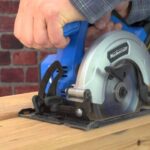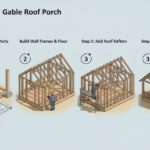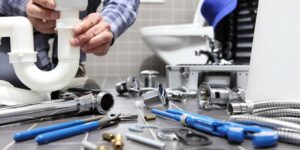Surface treatment modifies a material’s surface to improve durability, appearance, or function. Across construction and aerospace surface treatments, the aim is to control corrosion, manage friction, and ensure coatings adhere. The right choice depends on substrate, geometry, environment, and downstream steps and prototype testing.
Shotblasting
Shotblasting substitutes hardened steel shot for grit. The spherical media peens the surface, closing micro-cracks and improving fatigue life while leaving a uniform texture for heavy fabrications. Process control covers shot size, wheel speed, coverage, and media classification.
Abrasive Blasting
Abrasive blasting cleans and profiles a surface by propelling mineral media. It removes mill scale, rust, and aged coatings, creating an anchor pattern for strong paint or adhesive bond. Media hardness and nozzle angle are selected to meet specified roughness without damaging the edges.
Chemical Treatment
Chemical routes, such as passivation or phosphating, alter surface chemistry to resist corrosion and improve paint adhesion.
If you’re interested in learning about aerospace surface treatments, consider reaching out to an expert such as https://www.poeton.co.uk/about/industries/aerospace-defence.
Mechanical Finishing
Mechanical finishing shapes the final texture with grinding, brushing, or polishing. It removes burrs, blends welds, and sets reflectivity before sealing or coating, with careful grit sequencing and heat control helping avoid smearing and dimensional drift. Consistent tool condition maintains tolerances on delicate features.
Spray Coating
Spray coating applies liquid paints or powders to deliver colour, protection, and controlled film build. Atomisation, gun distance, viscosity, and curing schedule govern finish quality, while good preparation reduces pinholing and orange peel. Measured film thickness and proper earthing help achieve uniform coverage and durable adhesion.




